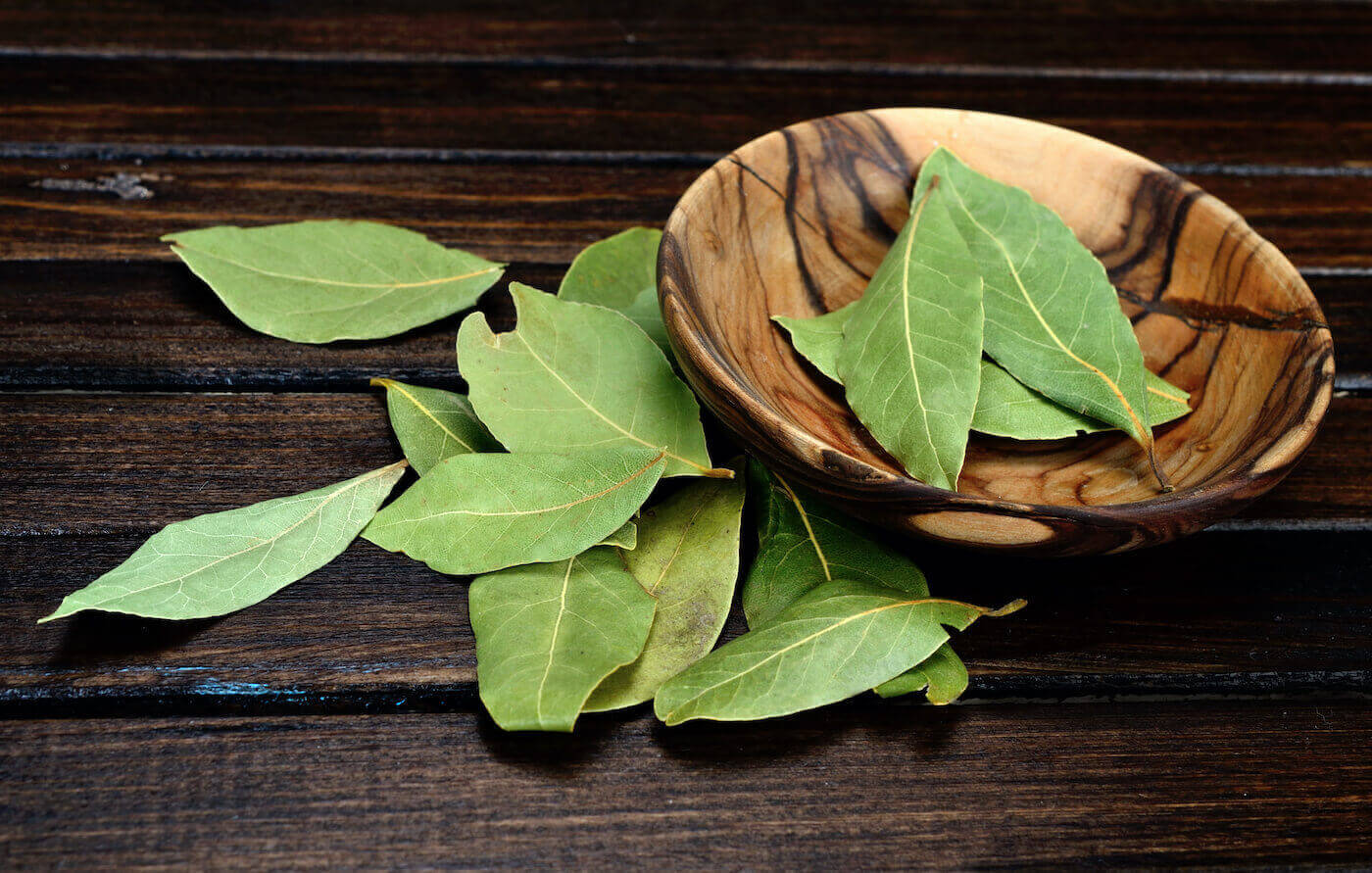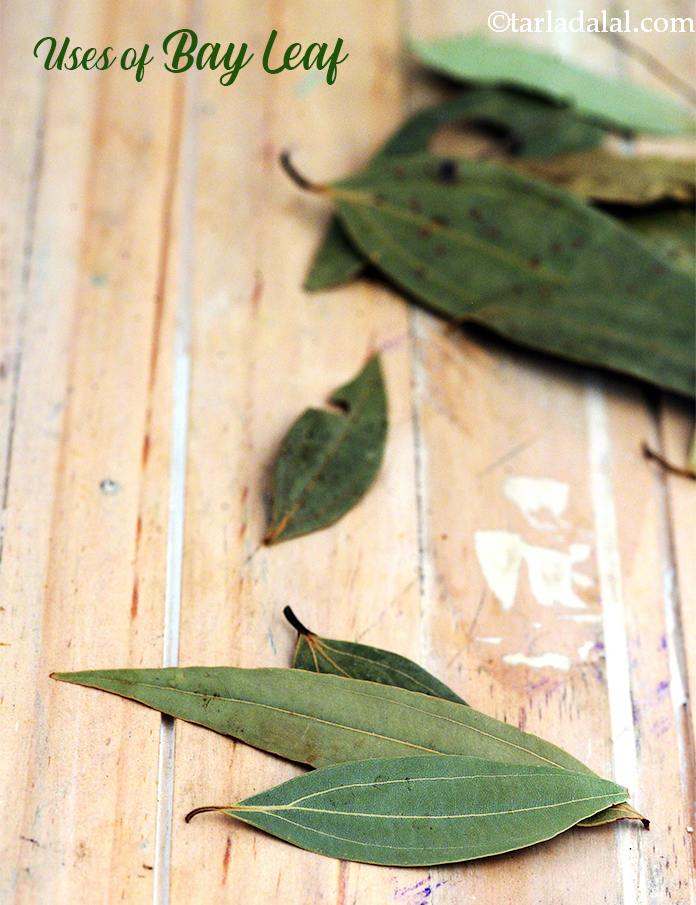Uses of Bay Leaf in Cooking
How Do Love Spells Work?
- Bay leaf blends culinary tradition with spiritual practice—use it to flavor meals and focus intentions for love, luck, and protection.
- For love rituals, write a desire on a dried bay leaf and safely burn it to symbolize release and manifestation.
- Always identify true bay (Laurus nobilis). Avoid toxic lookalikes like mountain laurel and cherry laurel.
- Health-wise, bay leaf contains antioxidants and aromatic oils; enjoy it in tea or cooking for soothing, aromatic comfort.
- Kitchen wins: bay elevates soups, stews, rice, sauces, pickles, and infused oils with an earthy, herbal fragrance.
- Get expert help: pair your ritual with professional support—shop real love spells that work today at WeLoveSpells.net.
Discover the Magical Power and Culinary Versatility of Bay Leaf
In the world of herbs, bay leaf (Laurus nobilis) is a quiet superstar. It adds a subtle, aromatic depth to stews, rice, and sauces—and it also carries centuries of symbolism for love, protection, and success.
For safety, it’s vital to recognize true bay laurel and avoid toxic lookalikes—Mountain Laurel and Cherry Laurel.
Shop real love spells that work todayReady to attract love, fulfillment, or success? The magic of bay leaf can help focus your intention. For lasting transformation, explore our love spells collection or get a targeted ritual like the Attract Your Soul Mate Spell.
Buy love spells online from verified spell casters—and combine them with your bay leaf rituals for focused, results-driven energy.

Health Benefits of Bay Leaf: Ancient Remedy Meets Modern Wellness

- Antioxidant support: Helps protect cells from oxidative stress.
- Anti-inflammatory compounds: Traditionally used to ease occasional discomfort.
- Digestive comfort: Sipped as tea or added to meals to soothe bloating and indigestion.
- Blood sugar support: Early research suggests bay leaf may help maintain healthy glucose levels.
- Heart-friendly: Compounds in bay may support healthy cholesterol and cardiovascular wellbeing.
Bay leaf makes meals delicious—and its soothing aroma can support a relaxed, mindful mood.
- Immune-friendly nutrients: Contains vitamins and minerals used by the body’s defenses.
- Respiratory relief: Traditional steam inhalation may help clear stuffy airways.
- Mood-soothing aromatics: The leaf’s essential oils are often used for calm and comfort.
- Natural antimicrobial properties: A classic ingredient in pickling and pantry protection.
Note: Bay leaf is celebrated in folk remedies. For medical concerns, consult your healthcare provider.
Culinary Uses of Bay Leaf: Flavor, Fragrance, and Tradition
The culinary uses of bay leaf are wonderfully diverse. From Mediterranean stews to Indian curries, bay brings an earthy, herbal fragrance that rounds out savory dishes.
- Soups and stews: Add a bay leaf during simmering for unforgettable aroma.
- Bouquet garni essential: A classic in European stocks, sauces, and braises.
- Fragrant rice and pilaf: Slip in a leaf to elevate grains with subtle perfume.
- Poaching liquid for fish: Delicate and clean flavor for seafood.
- Marinades and brines: Infuses depth into meats and vegetables.
- Bean and legume partner: Enhances flavor and may reduce gas.
- Herbal tea: A soothing, post-meal sip to wind down.
- Pickling and fermenting: Adds zip and helps preserve.
- Infused oils and vinegars: DIY gourmet flavorings for dressings and marinades.
Tip: Remove whole bay leaves before serving—they’re flavorful but tough to chew.
Essential Tips for Cooking with Bay Leaf
- Choose quality: Select whole, vibrant dried leaves for best results.
- Storage: Airtight container away from heat and sunlight preserves aroma.
- Flavor release: Lightly crushing or toasting opens up essential oils.
- Best cuisines: Mediterranean, Caribbean, and Indian dishes shine with bay.
- Use sparingly: 1–2 leaves per pot typically suffice to avoid bitterness.
- Perfect pairings: Complements thyme, rosemary, pepper, sage, and garlic.
- Reuse mindfully: If still fragrant, a leaf can sometimes be rinsed and reused.
- Drying fresh bay: Hang in a dark, airy spot for long-term use.
- DIY blends: Mix ground bay with other herbs for a signature seasoning.
Traditional, Spiritual, and Cultural Significance of Bay Leaf
For millennia, bay leaves have symbolized protection, purification, honor, and victory. In Greece and Rome, laurel wreaths crowned champions and oracles. Today, bay continues to be used in rituals to focus intentions for love, luck, and success.
- Love and prophetic dreams: Place a bay leaf under your pillow to invite romance or insightful dreams.
- Attract positive outcomes: Bay is a favorite in modern rituals and wish work.
- Ayurvedic and Indigenous traditions: Long valued for digestive and cleansing properties.
- Home protection: Hang or burn bay (safely) to uplift energy and dispel negativity.
Ready to amplify your attraction work? Pair your ritual with a professional spell like the Attract Your Soul Mate Spell or transform chemistry in the kitchen with the Deliciously In Love Spell.
Bay Leaf Love Attraction Ritual: Step-by-Step
Use this focused, symbolic ritual to invite romance and deepen connection.
- Set your intention: In a calm space, visualize the love you desire.
- Write your wish: On a dried bay leaf, write a clear, positive statement (e.g., “Healthy, mutual love enters my life”).
- Safely burn: Over a fireproof dish, carefully burn the leaf to release your intention.
- Release and trust: Scatter cooled ashes outdoors, thanking the universe.
- Boost results: Combine with a tailored ritual like the Friend-to-Lover Spell for powerful momentum.
Safety first: Never leave burning herbs unattended. Use fireproof tools and proper ventilation.
Natural Insect Repellent: Keep Your Pantry Bug-Free

- Pantry pests: Slip a few leaves into flour, rice, and grains.
- Cockroaches and ants: Place dried leaves in corners, drawers, and behind appliances.
- Fragrant sachets: Add to wardrobes and drawers to protect fabrics.
- Outdoor gardening: Growing bay may help deter mosquitoes near seating areas.
- Potpourri: Combine with cloves, cinnamon, and dried flowers for a dual-action scent.
Bay Leaf at Home: Natural Remedies and DIY Wellness
- Digestive soother: Brew a mild tea after meals for comfort.
- Respiratory support: Inhale steam from bay-infused water for congestion relief.
- Joint and muscle comfort: Massage diluted bay-infused oil on tense areas.
- Skincare rinse: Use cooled bay tea as a gentle, aromatic rinse.
- Hair and oral care: Add to hair rinses for shine or mouthwash for a fresh, herbal note.
Disclaimer: These are traditional uses, not medical advice. Consult your healthcare provider for specific concerns.

Identify, Grow, and Harvest True Bay Leaf
- True bay (Laurus nobilis): Dark-green, glossy, lance-shaped leaves with a warm, spicy scent.
- Beware of lookalikes: Mountain laurel and cherry laurel are toxic—never use them as substitutes.
- Home growing: Bay thrives in containers or sunny gardens with well-drained soil; protect from frost.
- Harvesting: Snip mature leaves; air-dry in a dark, ventilated space.
- Fresh vs. dried: Fresh is milder; dried is more concentrated. Adjust quantities accordingly.
Choose sustainably sourced bay leaves to support ethical harvesting and the planet.
Bay Leaf Recipe Inspiration: Magical Flavors for Every Cook

- Classic beef stew: Simmer with 2 bay leaves for rich aroma.
- Herb-roasted chicken: Tuck leaves under the skin or in the cavity.
- Homemade tomato sauce: Steep a leaf for depth and elegance.
- Bay leaf rice pilaf: Add a leaf to the pot for a romantic twist.
- Custards and creams: Infuse the dairy base, then strain for a herbal dessert.
Want to stir romance into dinner? Complement your meal with the Deliciously In Love Spell for a sensual, heart-opening vibe.
Smart Storage and Shelf Life for Maximum Bay Leaf Flavor
- Fresh leaves: Refrigerate in an airtight bag for up to two weeks.
- Dried leaves: Store up to 2 years in a cool, dark cupboard in a sealed jar.
- Check potency: Rub the leaf—if the aroma is faint or musty, it’s time to replace.
- Repurpose: Older leaves still work for sachets, crafts, and pantry protection.
Bay Leaf for Love, Luck, and Prosperity: Everyday Magic
Kitchen Prosperity Charm
Keep a bay leaf in your flour jar or a kitchen drawer for luck, abundance, and happy meals. It’s a simple tradition that invites good vibes into your home.
Pairing Bay with Other Magical Herbs
Bay leaf pairs beautifully with rosemary, lavender, and thyme—in both cooking and ritual. Together, they create a protective, heart-warming bouquet for love and positivity. For a complete ritual toolkit, browse our Love Spells Collection.
Business Focus and Success
Place dried bay leaves in your wallet or workspace to symbolize prosperity and steady success. For bigger goals, pair your intention with the Powerful Business Success Spell.
Cleansing and Purification
Burn bay leaves ahead of important events to clear stagnant energy and set a fresh tone. For long-term energetic upkeep, consider a professional Cleansing Spell.
Success Stories: Bay Leaf Magic in Action
“I wrote my intention on a bay leaf and burned it during the full moon. Two weeks later, I met someone special! I also paired it with the Attract Your Soul Mate Spell—the combination felt powerful.”
- Helena T., Los Angeles
“Bay leaves in my cabinets kept pantry bugs away, and my kitchen smells amazing. My bay tea at night helps me relax while I focus on my intentions.”
- David L., Miami
“Bay leaf changed my cooking—it makes everything taste gourmet. I also used the Friend-to-Lover Spell to help shift a connection, and things have never felt more aligned.”
- Sophia W., Dallas
Frequently Asked Questions About Bay Leaf
Guidance and Live Support for Your Ritual
Want clarity before you cast? Speak to a gifted advisor and fine-tune your timing and wording.
Ready to Harness the Full Power of Bay Leaf?
Whether you’re enhancing recipes, attracting love, or cleansing your space, bay leaf is your gateway to flavor, clarity, and good fortune. Pair your rituals with professional support for the strongest results.
Get your spell cast by the best spell caster in the world
When You Need a Second Chance in Love
If you’re hoping to rekindle a connection, combine your bay leaf ritual with the Bring Back Lost Lover Love Spell and keep your mindset aligned with what you truly want.
🔴 Need Clarity on your Situation?



